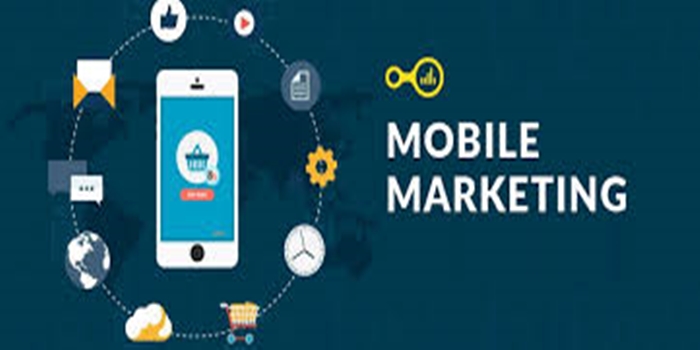In this article, we discussed the meaning of mobile marketing techniques, the types, the examples, the benefits, and the strategies.
Definition
Mobile marketing is a digital marketing strategy that uses mobile devices to promote products and services. It can include SMS messages, in-app ads, and mobile-optimized websites.
Target mobile audiences
It uses ads designed for mobile devices, and can be tailored based on location.
Use mobile technology
It uses features like location services and push notifications.
Create mobile-friendly content
it can include mobile-optimized websites, emails, and landing pages.
The Types of Mobile Marketing Techniques
points about these techniques:
SMS Marketing: Sending promotional messages directly to customers via text message.
QR Codes: Scannable barcodes that link users to a website or app when scanned with a mobile device.
Location-Based Marketing: Delivering targeted messages based on a user’s geographical location.
Push Notifications: Alerts sent directly to a user’s mobile device, even when they aren’t actively using an app.
Mobile Website Optimization: Ensuring a website looks and functions well on mobile devices.
Social Media Marketing: Utilizing social media platforms to reach and engage with customers on their mobile devices.
In-App Advertising: Placing ads within mobile applications.
Mobile App Marketing: Promoting a company’s dedicated mobile app.
Email Marketing (Mobile Optimized): Sending emails designed specifically to be viewed on mobile devices.
Search Advertising (Mobile): Placing ads on mobile search engine results pages.
Examples of mobile marketing techniques include:
SMS Marketing:
Sending promotional text messages directly to customers’ phones, often used for time-sensitive offers or reminders.
Push Notifications:
Alerting users on their mobile devices about updates, deals, or new content through their app, even when they aren’t actively using it.
Location-Based Marketing:
Targeting users with specific offers based on their geographical location using features like geofencing.
Mobile App Development:
Creating a dedicated app for your brand to engage users with exclusive content, loyalty programs, and interactive features.
QR Codes:
Using scannable QR codes on printed materials to direct users to mobile content like product information or website landing pages.
In-App Advertising:
Placing ads within mobile apps that users are actively using to reach a targeted audience.
Mobile-Friendly Website:
Ensuring your website is optimized for viewing on mobile devices with easy navigation and fast loading times.
Social Media Marketing on Mobile:
Utilizing social media platforms like Facebook, Instagram, and Twitter to engage with users on their mobile devices.
Email Marketing for Mobile:
Designing emails specifically for mobile viewing with concise content and large buttons.
Benefits of mobile marketing:
Wide Reach:
Access a vast audience as most people carry their smartphones with them throughout the day.
High Engagement:
Push notifications, SMS, and in-app messages provide immediate access and high engagement rates.
Personalized Targeting:
Utilize location data and user behavior to deliver tailored messages and offers.
Cost-Effective:
Compared to traditional marketing channels, it can be relatively cost-effective.
Location-Based Marketing:
Send targeted promotions based on a customer’s physical location.
Real-Time Interaction:
Engage with customers in the moment with timely offers and updates.
Improved Conversion Rates:
The immediacy of it can lead to higher conversion rates for actions like purchases or app downloads.
Brand Awareness:
Increase brand visibility and recognition by reaching customers on their mobile devices.
Data Collection:
Gather valuable customer insights through mobile interactions to refine marketing strategies.
Social Media Integration:
Easily connect campaigns with social media platforms for broader reach.
Conclusion
Mobile marketing techniques involve using mobile devices to reach customers through various channels like SMS text messages, push notifications, mobile-friendly websites, QR codes, location-based services, in-app advertising, and social media, essentially delivering targeted content based on a user’s location and behavior on their smartphone or tablet, allowing for highly personalized and immediate engagement with consumers.


